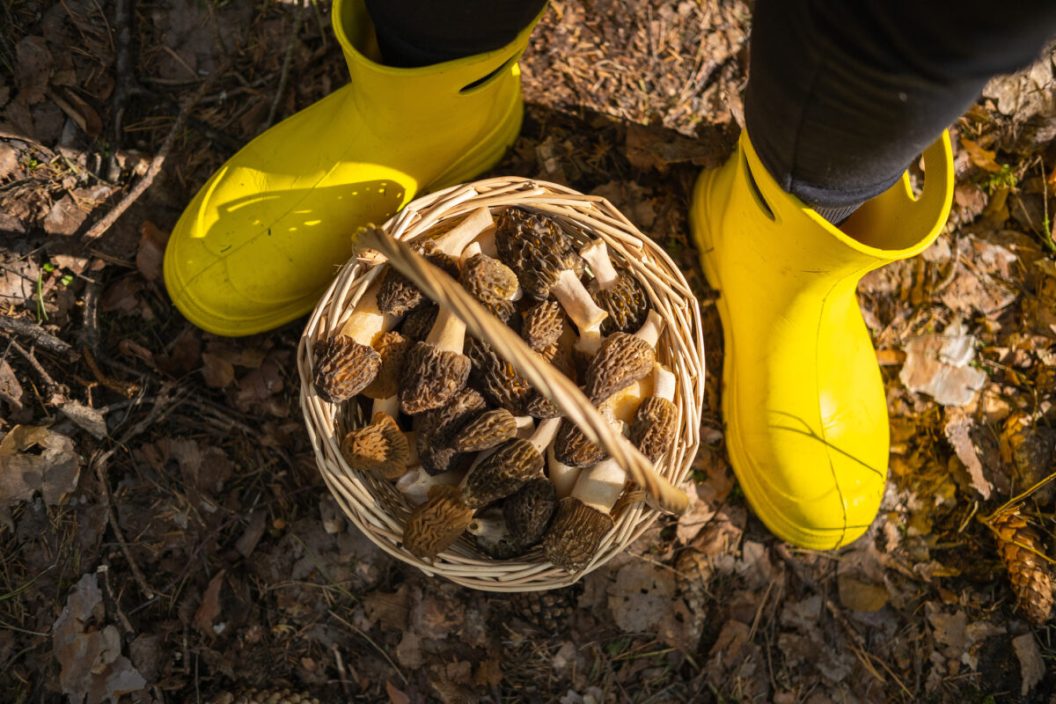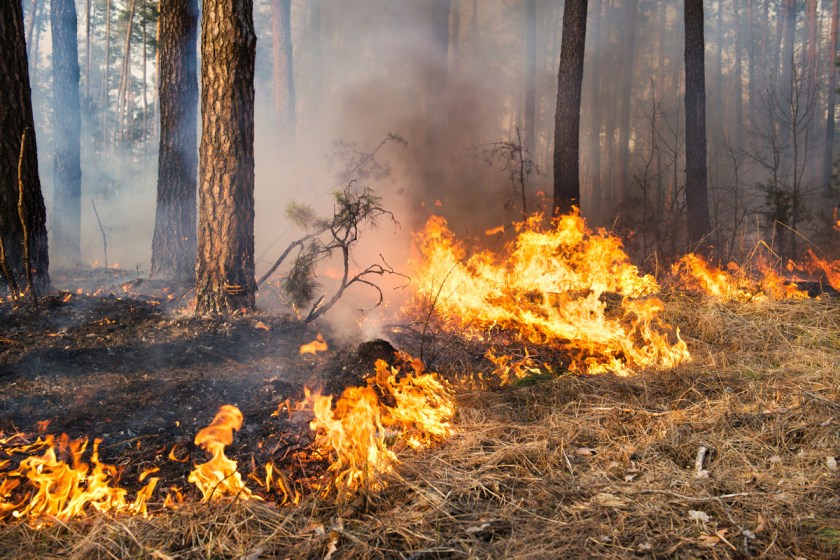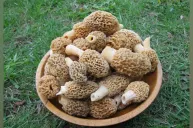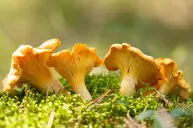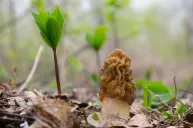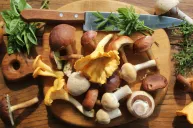Morel mushroom hunting is one of the most popular spring past times among outdoorsy folks, but the wild guys can be tricky to find for the unseasoned eye.
Exactly where edible morel mushrooms tend to grow varies, which means foragers will have plenty of opportunities to sharpen their morel-finding skills. They pop up in all kinds of conditions, from loamy soil to dried up creek beds. (Although, despite colloquialisms, we've discovered morel mushrooms don't actually "pop up", but instead grow rapidly over two to three weeks.)
There is a lot for mushroom hunters to know, and there is more to it than learning how to identify where morels might grow. It is also knowing how to identify the right mushroom. Some lookalikes (false morels) are poisonous. Three hallmarks of a true morel are a honeycomb cap, hollow stem, and that the cap attached to base. Do through research beforehand but also bring along a guidebook. When dealing with wild edibles, safety is the top concern.
But we're getting ahead of ourselves. First, you're probably wondering where to find morel mushrooms. Here are our top 10 spots for success:
1. On South-Facing Hillsides
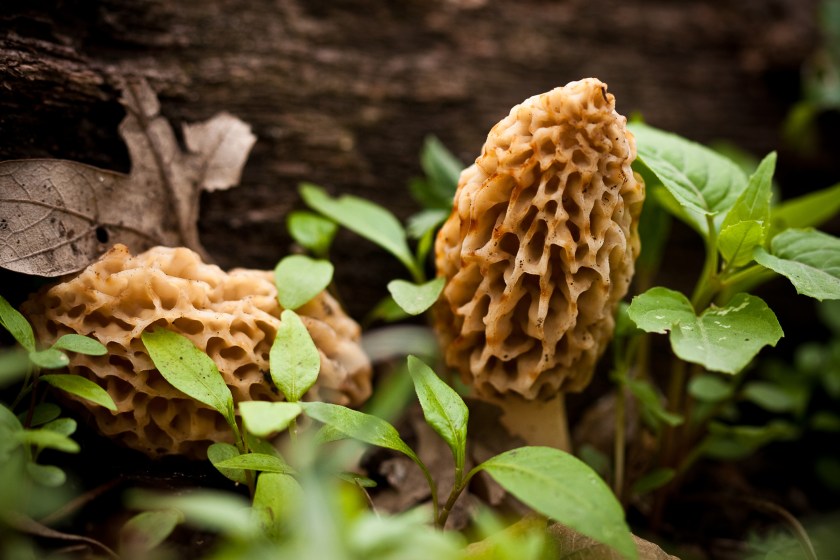
Gaussian Blur/Getty
According to the National Library of Medicine, there are 19 species of true morels in North America: black morels, yellow morels, and gray morels. These edible mushrooms tend to start popping up in this same order in early spring as the earth starts to rewarm itself after its long winter freeze.
Southern slopes can be a hotbed early in morel mushroom (morchella) season because the sun warms the southern hillsides far more quickly than the north side.
Bring a thermometer and check the soil temperature. If the thermometer reads between 45 and 50 degrees, there is a good chance you may find some morels.
2. In Disturbed Ground
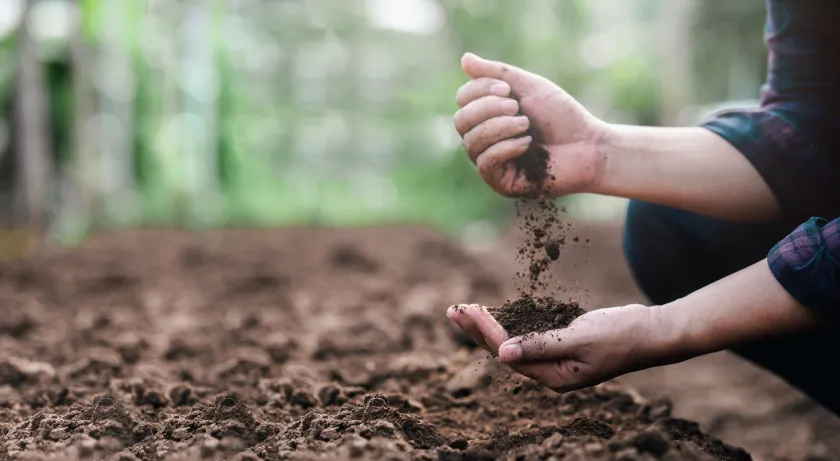
Sakom Sukkaseunsakorn/Getty
Ground that's experienced significant disturbance can be a great place to start morel mushroom hunting. Think abandoned clearings or former temporary stream beds. I've hiked countless miles without coming across a single mushroom and then stumbled across a two-track trail to find mushrooms completely covering it. All those miles in the thick woods sure felt wasted when I could've cruised down an easily walkable path to find fresh morels.
According to a study published by the United States Department of Agriculture, disturbing the soil and/or mushrooms forcibly activates the spores, speeding up the mushrooms' reproduction.
3. In Logging Areas

Thurtell/Getty
The University of Minnesota Extension cites woodlands or woody edges as the best environment for a successful morel mushroom hunt, as downed trees are a prime indicator of potential mushrooms. The sun's warmth is able to get to the ground unimpeded by a canopy, and there's something about dying trees—and symbiotic relationship they have with the mushrooms—that tends to attract morels.
These areas can be a real wild mushroom hunting bonanza when they've had a couple years to recover, and some new growth has started.
4. At Burn Sites
Places where forest fires have had their way are on everyone's hit list, especially professional morel hunters. Burn areas are similar to logged locations in that they require a year or two to become prime. There is even a map that charts the forest fires on the continent and is followed very closely by morel hunters: it's the Global Incident Map, and it can tell you what places in your area have suffered (or been blessed) from a burn.
Forest Ecology and Management, a wildlife science journal, published a study in 2016 that monitored the impact of wildfires in the Sierra Nevadas caused by droughts and over-vegetation, which suggested post-fire morel mushrooms thrived in both abundance and sustainability.
Bring extra bags when hunting such spots, unless someone else has gotten there before you.
5. In Loamy Soil
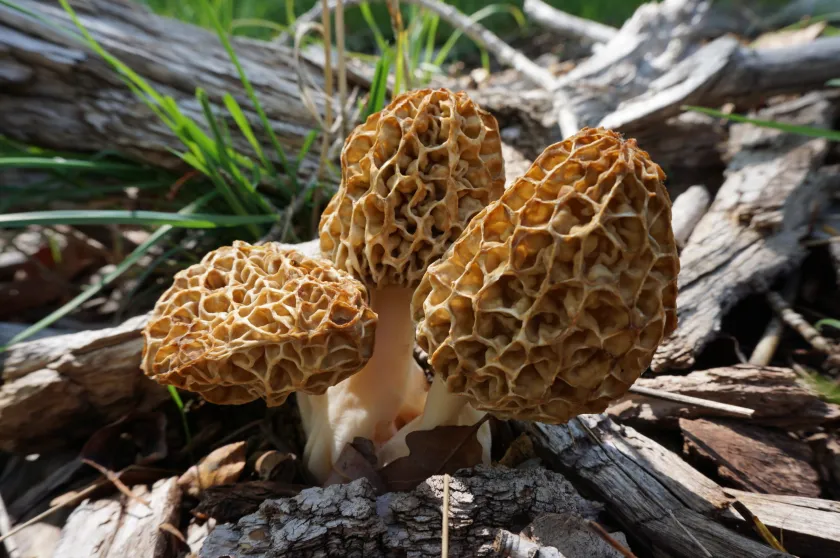
The kind of soil that morels seem to prefer is rich in organic matter, with a nice mix of sand and clay. Good potting soil, you might say. Soils that are rich in calcium or lime are also conducive to good morel growth.
You could take a soil sample from an area and have it analyzed or test it yourself (soil testing kits are easy to obtain). This will give you an idea if the area you're searching is worth your time, or if it's worth sticking with it from year to year.
6. In Old Apple Orchards

rai/Getty
There's an old former hospital orchard near where I live. Although the apple trees are old, they still produce apples. Part of this old orchard is mown regularly and is nicely kept up. The other half of it is ignored and overgrown; a great morel spot. I always make sure to look for morels in the part that has reverted to a wilder state. Morels seem to be fond of areas where the cider presses once operated.
7. Near Streams and Creeks

Juan Baena/Getty
Streams and creeks almost guarantee banks with decent moisture and soil content. If I'm trekking through the woods and come across a creek, I will invariably follow it, carefully scanning the earth for yards on either side. I've found a lot of morels in such areas.
Areas adjacent to swamps are also good for hunting morel mushrooms. One of my go-to places has some low areas that are swampy even in the driest weather. I always seem to find at least a few morels on the slightly higher ground directly adjacent to the swamps, and they can be tremendous producers on normal wet years.
8. Near Dying Trees, Sometimes

Getty Images, anna avdeeva
Experienced morel hunters declare that once a dying tree has lost its bark it will no longer be conducive to producing morels around it. I've found this to be true most of the time, depending on how much bark is lost. When a tree dies, it releases its sugars back into the earth, and its roots are still a water magnet. This combination attracts morels.
Of course, some trees are better attractors than others, which brings us to the next item on the list.
9. Near Elm, Oak, Ash, and Poplar Trees
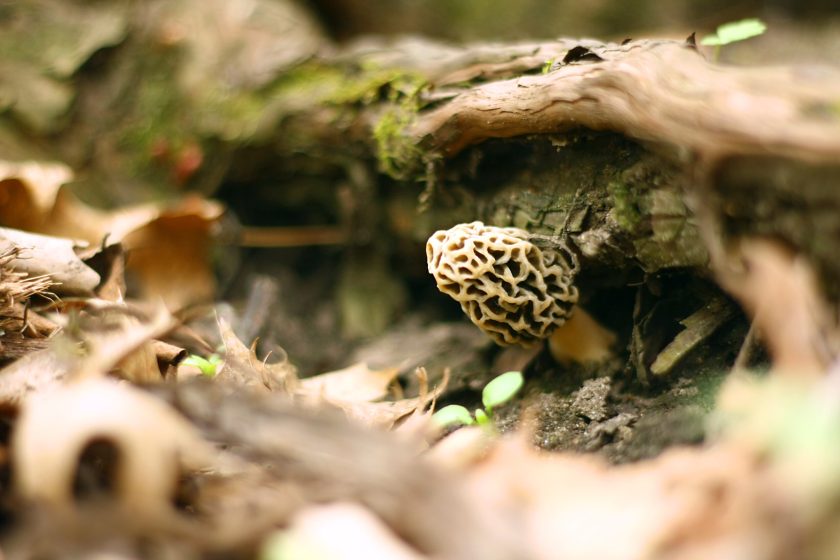
Getty Images, ChristinLola
Ash and elm trees are the two trees most commonly associated with morel mushrooms. There is unquestionably a relationship between these trees and morels, and when you come across either of them—or oak, poplar, or black locust trees—spend a little more time and look a little thoroughly. With the onslaught of the emerald ash borer, we will likely be seeing the death of more ash trees, which is bad for the trees but good for morels, at least temporarily.
To be a good morel hunter you've got to become adept at identifying trees. It's a handy skill for reasons even beyond morels. If you're in an area full of oak trees, make a note to return in the early autumn to check for hen of the woods or maitake mushrooms.
10. In the Pines

livlagic/Getty
While deciduous trees are your first-class ticket to finding mushrooms, I have had pretty good luck around pine trees as well, particularly white pine trees interspersed among oaks and other hardwoods. Stands of mature pines have produced fairly consistently for me, particularly if they line a trail or road, which they often do. One time my father and I were hunting morels in the woods all morning and we didn't find a single one. Upon returning to our cottage, in our pea-gravel driveway I suddenly spied several morels directly under the pines that lined the track. We were flabbergasted and laughed about our fortune.
There are unquestionably some locations that produce more morel mushrooms than others, but remember, morels are where you find them. Keep a keen eye for that morel magic - they will occasionally defy expectations and pop up in the least expected places.
